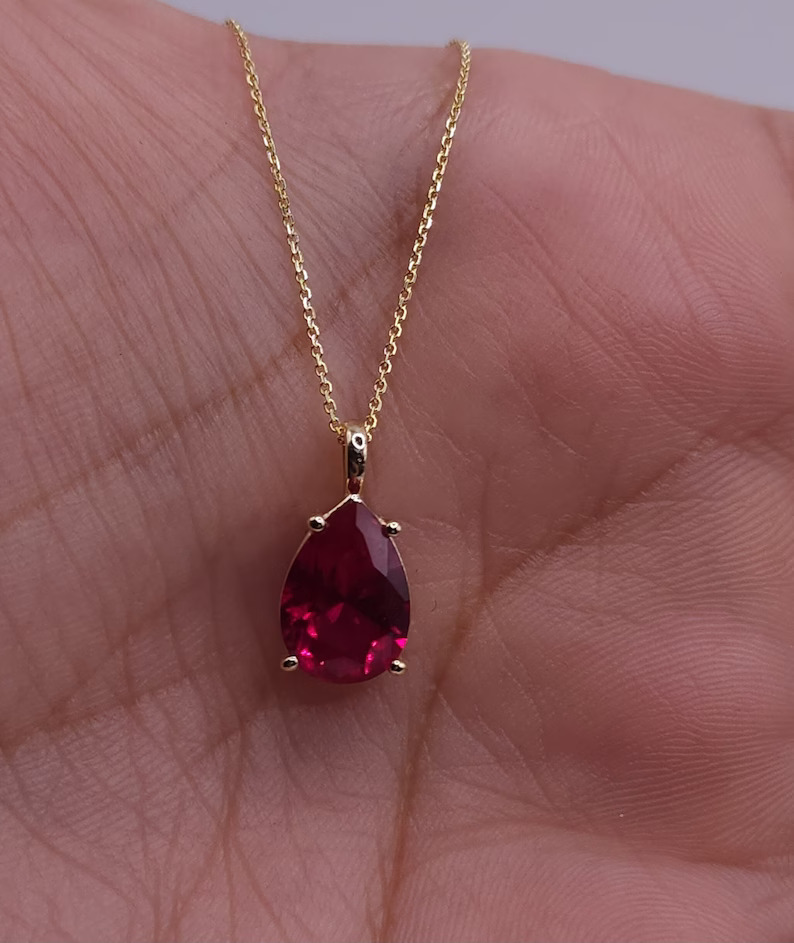The Radiant World of Rubies: A Gemstone’s Journey
Introduction
Rubies, known for their fiery red hues, have captivated human imagination for centuries. Revered in various cultures as symbols of passion, protection, and prosperity, these gemstones have a storied history that intertwines with human civilization. This blog post delves into the world of rubies, exploring their geological formation, historical significance, and modern-day allure.

The Formation of Rubies
Rubies are a variety of the mineral corundum, composed primarily of aluminum oxide with trace elements of chromium, which gives them their characteristic red color. They form in metamorphic rocks and in the cavities of igneous rocks under high pressure and temperature conditions. The presence of chromium, however, is what differentiates a ruby from its close relative, the sapphire.
Geological Rarity
The rarity of rubies arises from the infrequent combination of these specific geological conditions. They are primarily found in regions like Myanmar (formerly Burma), Thailand, and more recently, in parts of Africa. Each location imparts a unique hue and quality to the rubies, adding to their mystique and value.
Historical Significance
Ancient Lore and Beliefs
In ancient cultures, rubies were more than just beautiful adornments. They were talismans believed to offer protection, bestow fortune, and even heal diseases. In Hindu mythology, the ruby is referred to as the “king of gems,” symbolizing the sun’s unyielding energy. Similarly, in medieval Europe, they were esteemed as stones of life, believed to have the power to predict misfortune or danger.
Rubies in Royalty
Throughout history, rubies have adorned crowns, swords, and royal jewelry, signifying power and wealth. The most famous example is perhaps the British Imperial State Crown, which boasts the stunning 170-carat Black Prince’s Ruby.
Modern-Day Allure
The Four Cs of Rubies
In today’s gemstone market, rubies are evaluated based on the four Cs – color, clarity, cut, and carat weight. The most prized rubies are those with a vibrant, pigeon-blood red color and exceptional clarity. The cut of the ruby is also crucial in enhancing its color and brilliance, while the carat weight significantly impacts its value.
Synthetic Rubies and Ethical Considerations
Advancements in technology have made it possible to create synthetic rubies that mimic the properties of natural stones. These lab-grown rubies offer a more affordable and ethically-sourced alternative to their natural counterparts, addressing concerns around mining practices and their environmental impact.
Conclusion
Rubies continue to be one of the world’s most sought-after gemstones, enchanting people with their deep red glow and rich history. Whether as a symbol of love, a piece of regal jewelry, or a collector’s gem, the ruby’s allure remains timeless, a testament to its enduring beauty and significance in human culture.
